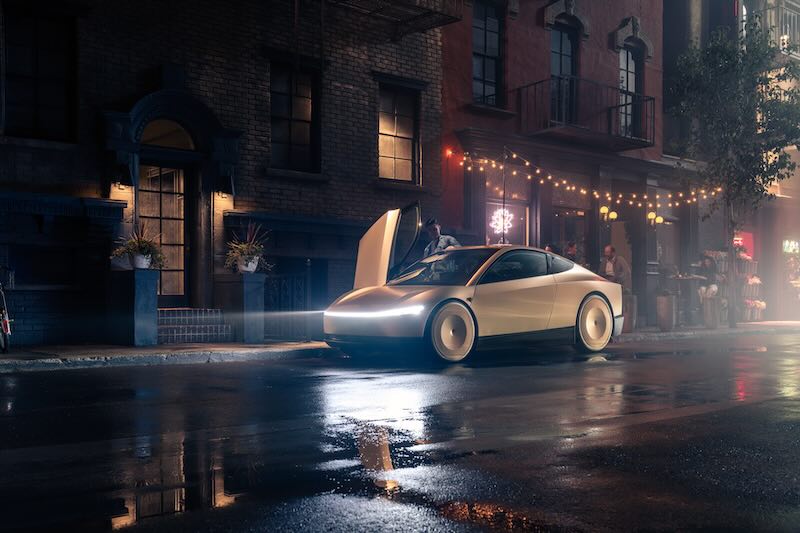Tesla, the electric vehicle pioneer, is undergoing a significant transformation in its executive ranks. Recent changes at the top echelons of the company suggest a pivotal shift in focus towards artificial intelligence and robotics, potentially reshaping Tesla’s trajectory in the automotive and tech industries.
In a move that underscores Tesla’s commitment to autonomous technology, two key figures have been promoted to vice presidential roles. Ashok Elluswamy, formerly the director of Autopilot software, has been elevated to Vice President of AI Software. This promotion comes on the heels of Tesla’s “We, Robot” event, which showcased the company’s strides in self-driving technology.

Simultaneously, Milan Kovac, who previously led the Optimus engineering team, has been appointed Vice President of Optimus. This elevation highlights Tesla’s growing emphasis on humanoid robotics, a field that CEO Elon Musk has repeatedly touted as crucial for the company’s future.
Tesla Bot Team: 10/10 Event Last Week, Human Assisted to Some Extent to Help Showcase
While Tesla bolsters its AI and robotics leadership, it’s also experiencing departures in other areas. Daniel Ho, the project manager overseeing all of Tesla’s new vehicle programs, has left the company. This exit is particularly noteworthy given Ho’s direct reporting line to Elon.
Additionally, David Zhang, who managed several high-profile vehicle projects including the new Model S/X, Model Y, Cybertruck, new Roadster, and Model next, has also departed. Interestingly, Zhang was the only one among the recent departures who didn’t report directly to Elon.
These personnel changes offer a glimpse into Tesla’s evolving priorities. The promotions in AI and robotics, coupled with departures in vehicle development roles, suggest a reallocation of resources and attention towards autonomous technology and advanced robotics.
This shift aligns with Elon’s vision of Tesla as more than just an automaker. The company’s accelerating pivot towards AI and robotics represents a significant strategic move, potentially positioning Tesla at the forefront of the next technological revolution.
Tesla’s renewed focus on autonomy is evident in its ambitious timeline. The company aims to achieve unsupervised Full Self-Driving (FSD) by 2025, a goal that would revolutionize the automotive industry. Furthermore, Tesla’s plans for its Cybercab to perform its first autonomous ride by 2026 underscore the company’s commitment to reshaping urban transportation.
These objectives are not just lofty goals; they represent a fundamental shift in Tesla’s business model. By prioritizing autonomy, Tesla is betting on a future where vehicles are not just electric, but intelligent and self-operating.
As Tesla redirects its focus, questions arise about the balance between its traditional vehicle manufacturing business and its emerging AI and robotics ventures. Will this pivot accelerate Tesla’s lead in autonomous driving technology? Or could it potentially divert resources from core vehicle development programs?
The coming years will be crucial for Tesla as it navigates this strategic shift. The success of its autonomous driving and robotics initiatives could redefine the company’s identity and its role in the global technology landscape.
As Tesla charges ahead with its AI-driven vision, Tesla is steering towards a future where autonomous technology is not just a feature, but the driving force behind its innovation. In this high-stakes game of technological advancement, Tesla seems determined to be in the driver’s seat—or perhaps more accurately, to remove the need for a driver altogether.
Related Post
Tesla AI and Autopilot: Close to Production AI Software that Will Ship Soon in FSD v13
Tesla Optimus: The $30k Robot Revolution | Coming 2025 | Serve, Clean, Befriend
Tesla Robotaxi: How Removing Steering Wheels Could Drive Autonomous Acceptance
